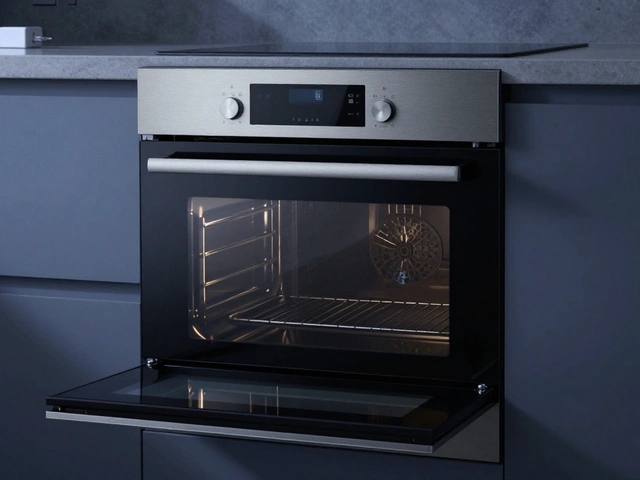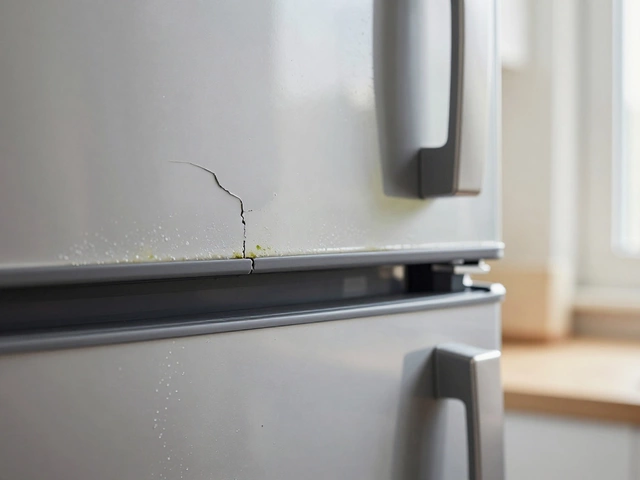Sudden Hot Water Outage: Quick Answers and Real‑World Fixes
When dealing with a sudden hot water outage, the abrupt loss of heated water in a home. Also known as a hot water failure, it can leave you scrambling for a shower or a warm cup of tea. The problem usually stems from a single point in the heating chain breaking down, and spotting that point early saves time and money.
One of the most common culprits is the boiler, the central heat generator that supplies both radiators and hot water. When a boiler trips, leaks, or loses pressure, the whole hot water system goes cold. Another frequent offender is the water heater, the appliance that stores and heats water for domestic use. A faulty heating element or a broken thermostat can shut off the heat supply instantly. Finally, the mixing valve, the valve that blends hot and cold water to a safe temperature, can get clogged or stuck, delivering only lukewarm water even if the boiler is working.
How These Parts Connect and Why It Matters
The hot water system is a chain: the boiler or water heater creates heat, the mixing valve balances it, and the plumbing network delivers it to taps. If any link in this chain fails, the result is a sudden loss of hot water. For example, boiler pressure loss prevents hot water from reaching the mixing valve, while a broken heating element in the water heater stops heat generation at the source. Likewise, a malfunctioning mixing valve can divert all hot water back into the cold line, making the whole system feel dead. Understanding these connections helps you decide whether a simple reset will work or if a professional call‑out is needed.
Beyond the main components, the broader plumbing system plays a hidden but vital role. Air pockets, pipe corrosion, or a blocked vent can trap hot water away from the taps. In older homes, sediment build‑up inside the boiler’s heat exchanger reduces efficiency, leading to intermittent hot water. Regularly flushing the system and checking for leaks keeps the pathway clear and reduces the chance of an unexpected outage.
When the outage hits, a few quick DIY checks can narrow down the cause. First, look at the boiler’s pressure gauge – it should sit between 1 and 1.5 bar when the system is cold. If it’s low, a simple top‑up might restore hot water. Next, feel the water heater’s heating element (with power off) for any hot spots that indicate a short. Finally, open the mixing valve fully to see if hot water returns; if it does, the valve may need cleaning or replacement. These steps give you a clear picture before you call a specialist.
Professional repair often starts with a diagnostic scan of the boiler’s control board and the water heater’s thermostat. A qualified engineer will test the mixing valve’s flow rate, inspect the pressure relief valve, and verify that the circulation pump is running. If any component shows wear, they’ll recommend either a repair or a replacement based on cost, age, and energy efficiency. Many homeowners find that fixing a faulty valve or resealing a leak is far cheaper than swapping out an entire boiler.
All this information sets the stage for the articles below. You’ll find detailed guides on boiler pressure checks, water heater troubleshooting, mixing valve maintenance, and broader plumbing advice. Whether you’re a DIY‑enthusiast looking to fix a minor glitch or you need to decide when to call a pro, the collection gives you practical steps and cost‑saving tips to get the hot water back on fast.
Discover why hot water can disappear suddenly and learn step‑by‑step checks, common causes, DIY fixes, and when to call a pro for water heater problems.


